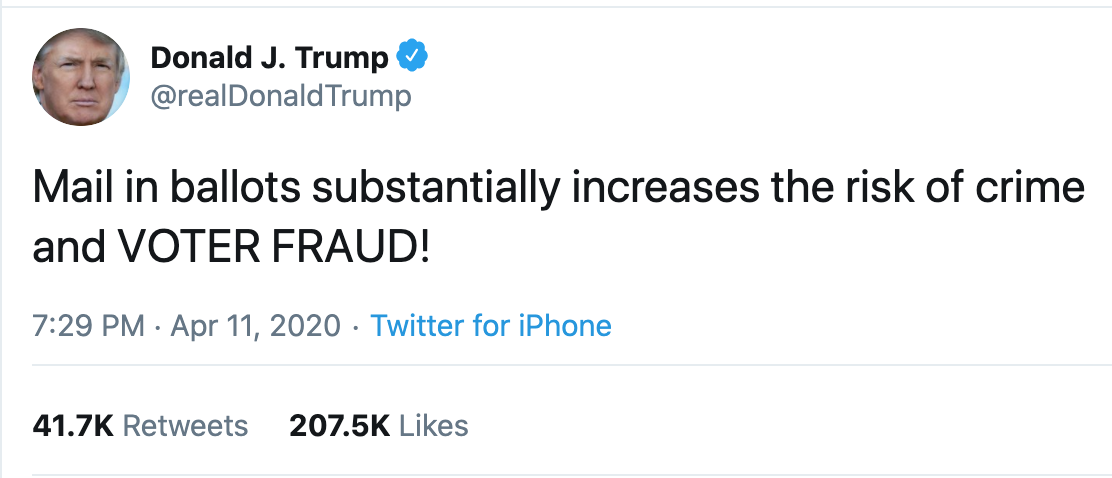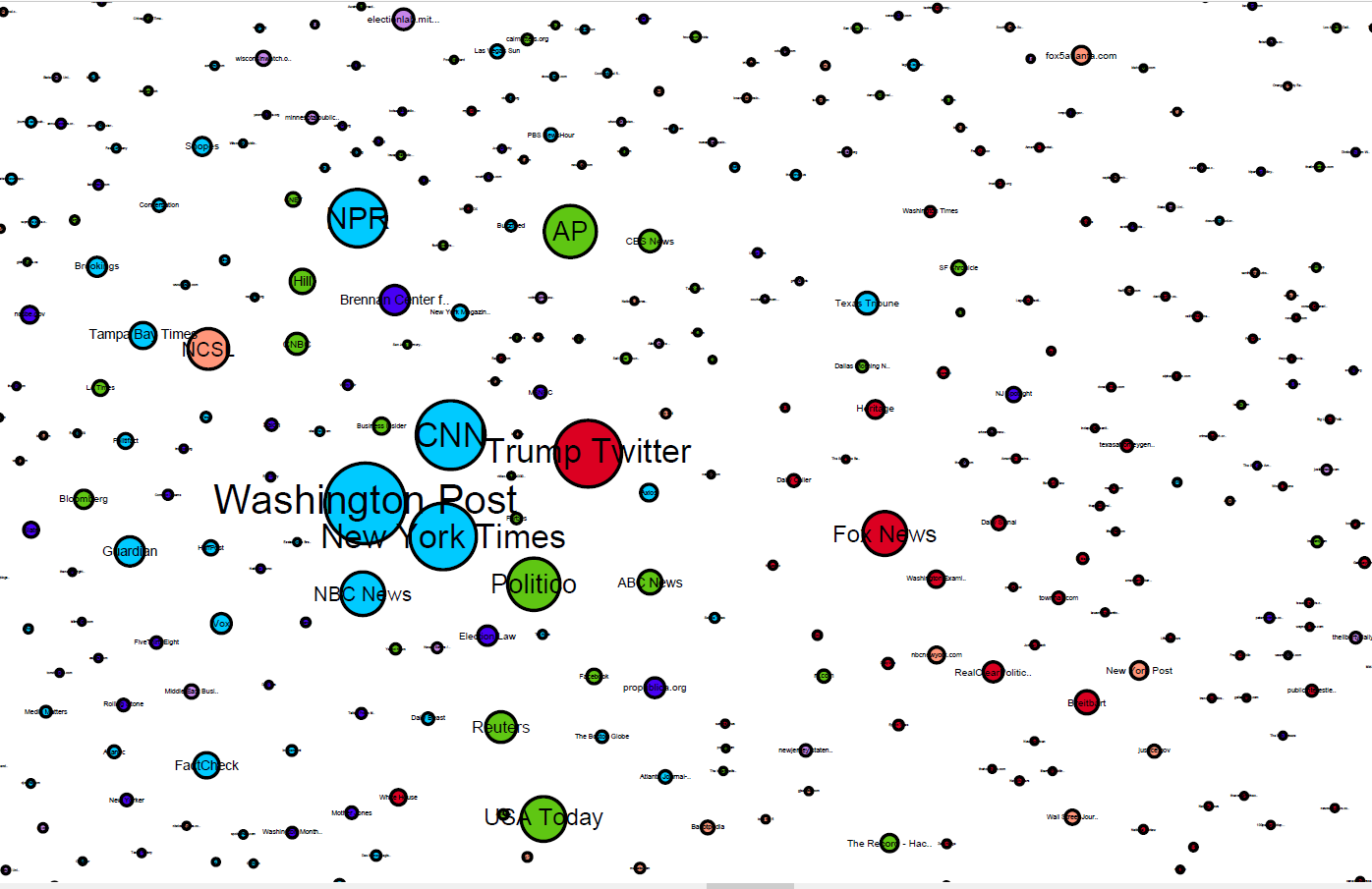Spotify: What is it?
Ever since its inception in 2008, Spotify has continued to grow in its highly-competitive market in music applications. Bolstering 320 million active monthly users, it easily beats out its competitors of Apple (with 60 million) and Amazon Music (55 million). Now the question begs, why?
When launching Spotify on your mobile or desktop device, you’re presented with a myriad of options. You can listen to playlists you’ve created, you can listen to Spotify’s generated daily playlists curated to your tastes, or search for artists or songs by name. The most impressive feature of Spotify is their recommendations.
In the above video, Spotify allows users to quickly and easily like and dislike songs with a click of a button (or a tap of a finger). Behind this simple method of curating your music taste is a complex machine learning system called BaRT (Bandits for Recommendations as Treatments). The system handles everything to do with recommendations; modifying the home page to promote similar music to your listening history, promoting new music that Spotify is confident that you will like, and offering a daily mix of songs from your listening history bundled with completely new music from artists you may like.
The system can be split into two main priorities: recommendations based on your listening history, and recommendations based on other people’s listening histories similar to yours. The former seems very simple in comparison to the latter; if you listen to a song by a certain artist and you like it, then Spotify will promote more songs by that artist. This is the same if you were to dislike a song. The latter is much more complicated, but can be best described with the Page Rank algorithm.
Page Rank
Page Rank is an algorithm created by one of the founders of Google, Larry Page. It is an algorithm to measure the importance of a web page and rank them, creating accurate and helpful search engine results.

We can presume that the BaRT system functions similarly to PageRank. If a song is liked by you, then all the songs by that same artist and in that same genre is more likely to be recommended than a song by a different artist and a different genre. In a PageRank Network, this will equate to you increasing or decreasing the PageRank for a song (or node in this case). Each edge is some kind of relationship between two songs, be it by the same artist, in the same genre, or in the same playlist that you’ve created.
Information is vital in these algorithms, allowing users to benefit immensely on curated songs without wasting time searching for new music to listen to. Your listening history provides Spotify the information, and BaRT the tool, to create the best possible listening and browsing experience for you.
References:
Spotify
Spotify hits 320 million monthly active users

